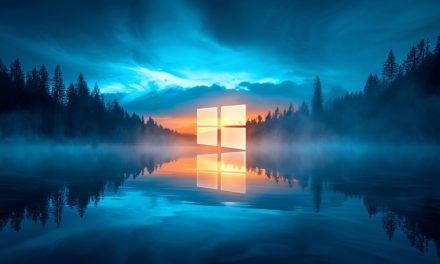Used to be called “bridges.” Recall that there are really three types of network equipment:
- Hubs/Repeaters – Layer 1 devices that just forward everything blindly, including collisions/errors.
- Bridges/Switches – Layer 2 devices that flood only broadcasts but has the capability to learn where unicast frames go.
- Routers – Operate at layer 3. Some routers are also switches.
Switches can store information on where certain hosts are via a bridge table. This table lists the MAC address and the associated port. Multiple MAC addresses could be assigned to a single port (For example when you’re daisy chaining switches). This is called adaptive learning.
Unicast Segmentation – Switches can limit which hosts can hear unicast frames.
Collision Domain – Not usually a problem these days.
Broadcast Domain – Segment where broadcast frames can be heard.
Store-and-forward – Traditional approach with CRC checks.
Cut-through Forwarding – The switch will just look at the destination MAC and send frames directly. No CRC checks.





Recent Comments